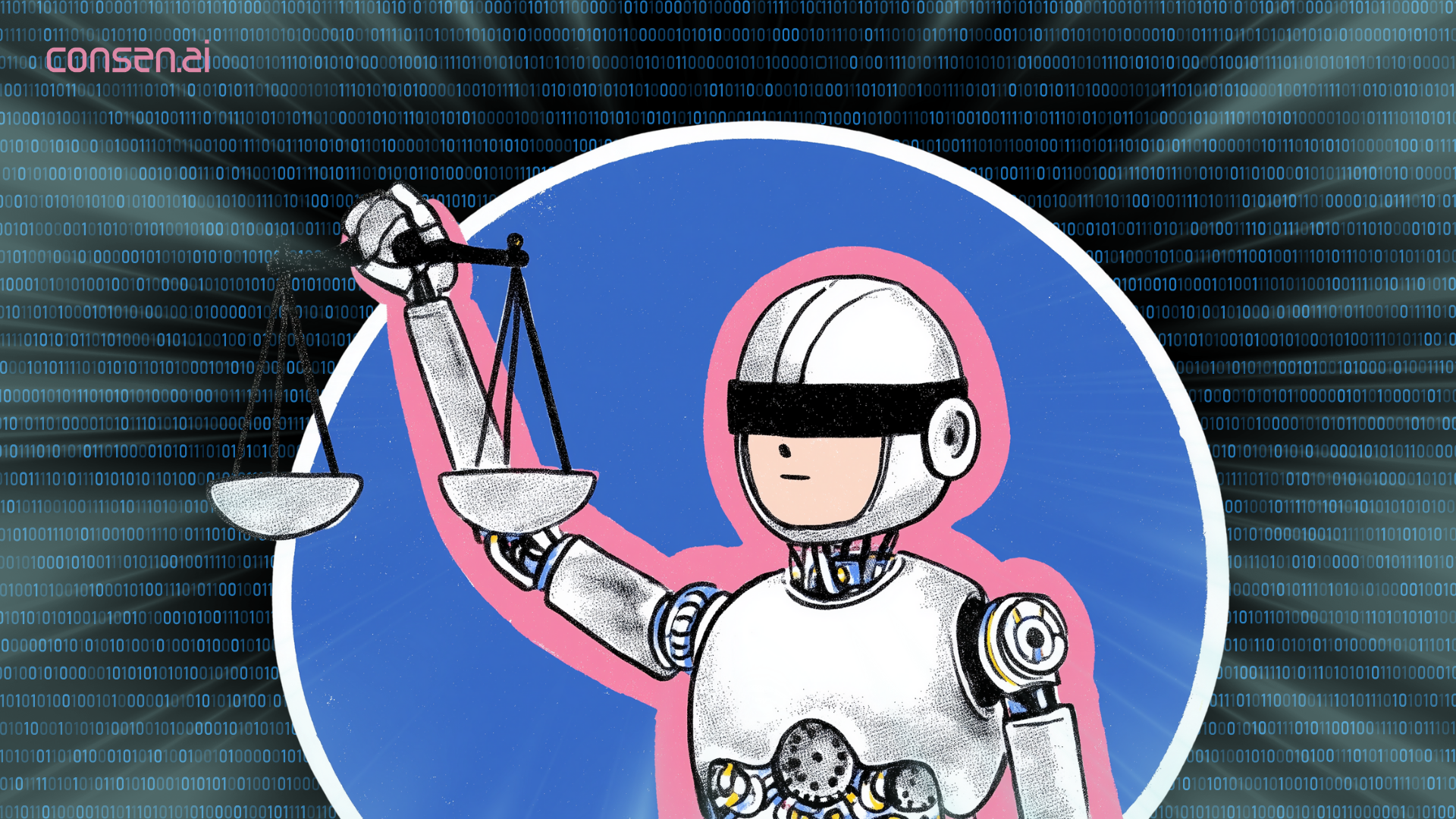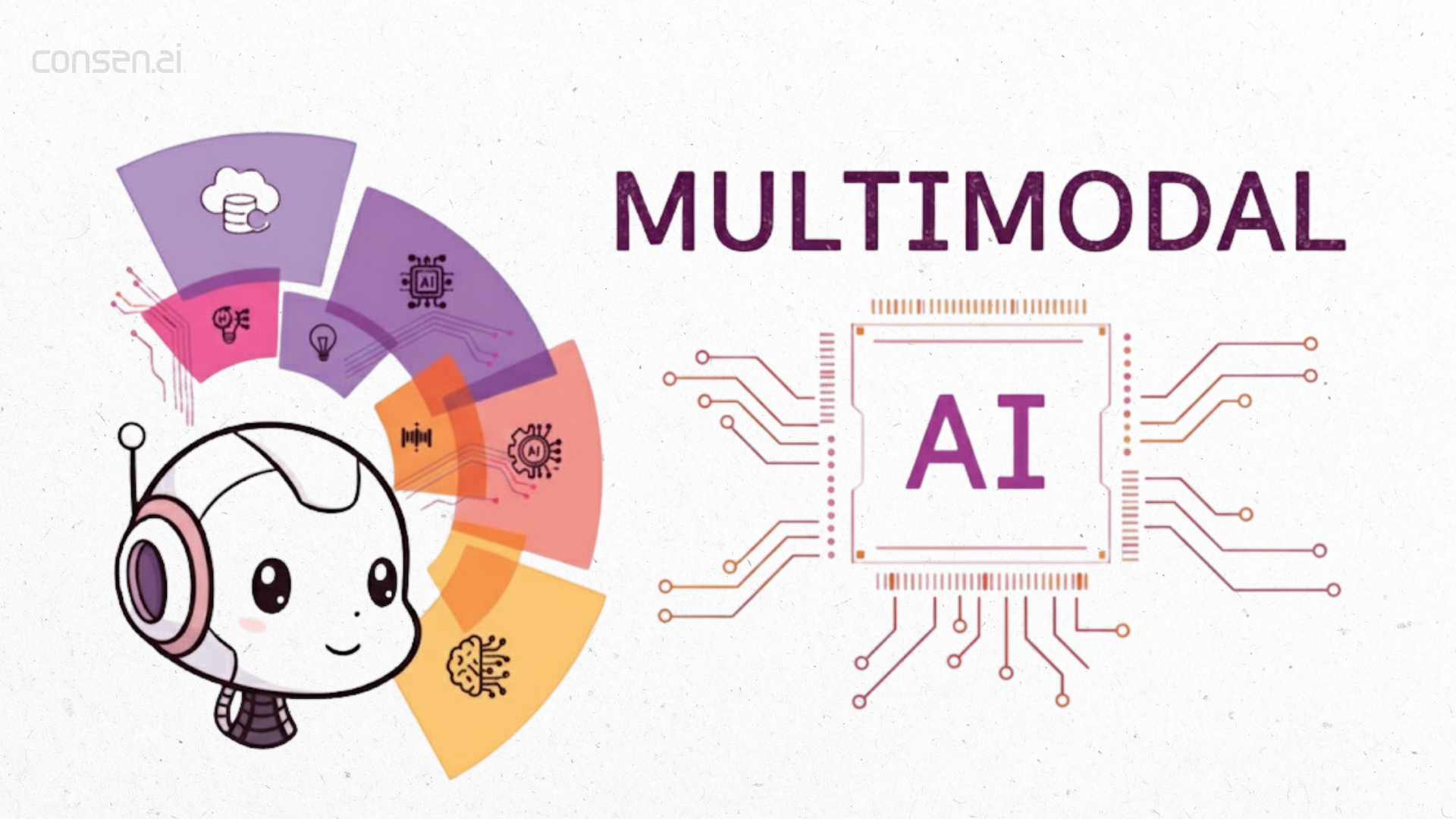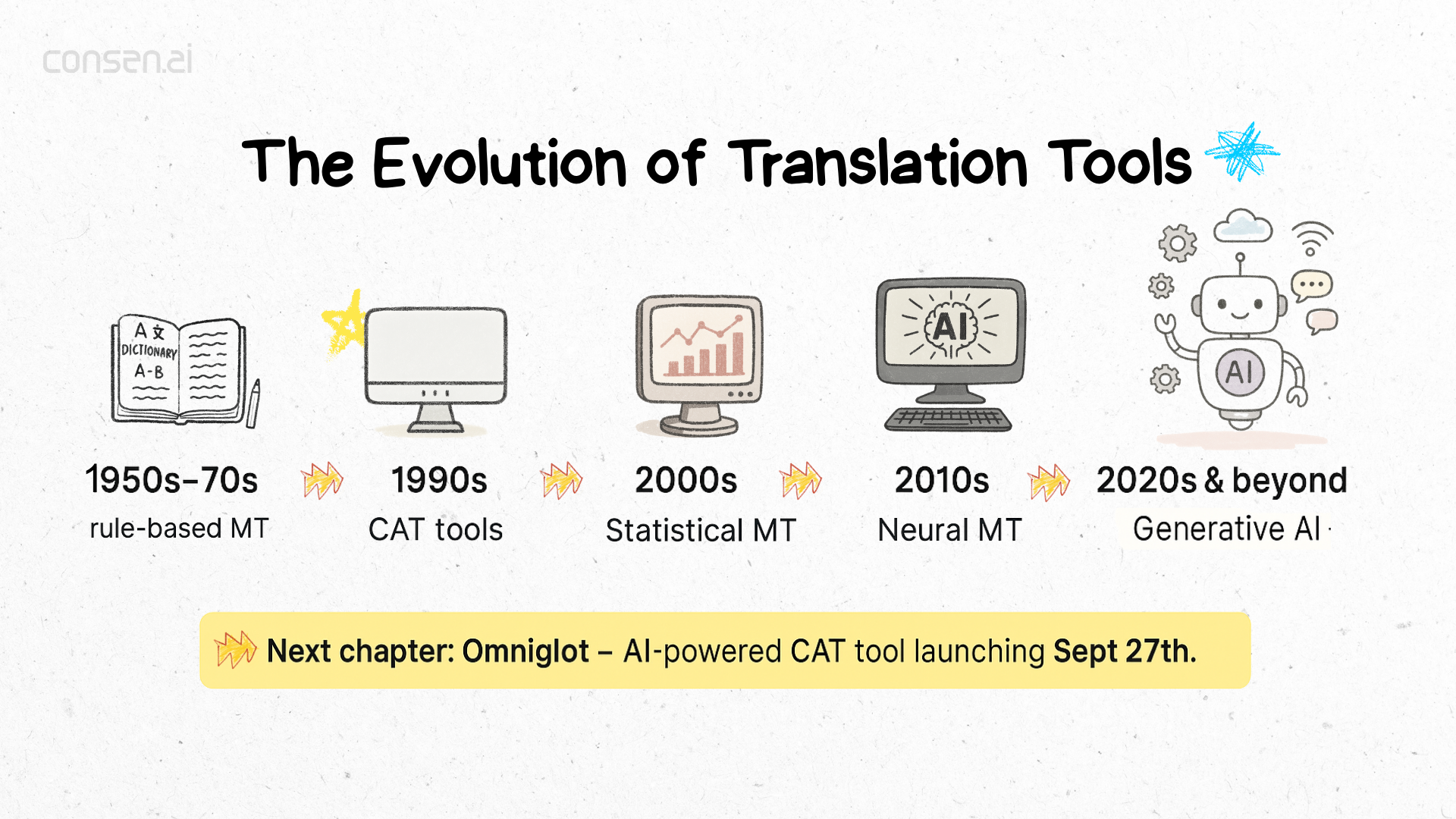Key Takeaways
- Generative AI is redefining translation by enabling fast, context-aware, multilingual communication.
- Ethical vigilance is essential — speed and scale mean little without accuracy and fairness.
- Bias and cultural loss are real risks if AI is trained on unbalanced datasets.
- Human translators remain irreplaceable, providing cultural and emotional intelligence that AI lacks.
- Transparency, human review, and bias monitoring should be built into every AI translation workflow.
- Hybrid models (AI + Human) will shape the next era of global content creation and localization.
What Is Gen AI?
Generative Artificial Intelligence (Generative AI) refers to AI systems capable of creating new content — text, images, code, or translations — rather than simply analyzing data. In translation, these models (like GPT or LLaMA) don’t just replace words; they rebuild meaning and adapt to tone, context, and cultural nuances.
Unlike traditional machine translation (MT), generative AI learns from massive multilingual corpora to produce human-like, context-aware translations. Still, this “creative” power also introduces complexity, and raises the question of how much we can trust the output.
When “Fast” Doesn’t Mean “Accurate”
Generative AI makes translation faster than ever — but faster doesn’t always mean better. Its ability to scale globally also introduces ethical and linguistic risks that businesses must address:
- False fluency: AI-generated text may sound perfect but convey wrong or distorted meanings.
- Cultural flattening: Subtle humor, idioms, or tone often disappear in AI output.
- Data bias: Many models favor English or Western languages, disadvantaging smaller ones.
- Accountability gap: When errors happen, who bears responsibility — the system, the developer, or the user?
This trade-off between speed and authenticity is at the core of AI translation ethics.
The Hidden Costs of AI Translation
a) Accuracy and Trust
Fluent sentences don’t guarantee correctness. In legal, medical, or technical contexts, even small translation mistakes can have huge consequences.
b) Cultural and Gender Bias
AI often reflects existing stereotypes — translating “doctor” as male or misrepresenting cultural references. Without active correction, it can silently reinforce bias at scale.
c) Impact on Human Translators
A Financial Times report revealed that 30% of translators have seen income losses due to AI, and 77% fear job instability. Ethical integration is key to avoiding workforce displacement while leveraging AI efficiency.
👉 Want to explore the human side of this transformation? Don’t miss "The Future of Translators in the Age of AI" blog — one of our most-read articles.
4. Solution – Balancing Innovation and Integrity
A) Harnessing the Opportunities
Generative AI, when guided by humans, can be transformative:
- Speeds up multilingual marketing, e-commerce, and tourism localization.
- Supports AI with human workflows for higher productivity.
- Reduces costs for SMEs entering new markets.
- Enables continuous learning loops between translators and AI systems.
B) Ethical Guidelines for Responsible Use
- Transparency: Disclose when AI is used.
- Human Review: Always include professional post-editors.
- Bias Monitoring: Audit outputs regularly.
- Data Privacy: Protect client information and IP.
- Cultural Sensitivity: Adapt idioms and tone to each market.
- Fair Transition: Upskill translators for hybrid roles.
C) Legal Frameworks
The EU Artificial Intelligence Act now sets global standards for AI transparency, accountability, and human oversight — critical for high-stakes industries like legal or medical translation.
👉 Learn how these principles apply in practice in our post Building Ethical AI Systems: A Practical Framework for Startups.
Future Outlook
The future of translation is not competition, but collaboration. AI automates scale and consistency; humans safeguard empathy, tone, and context.
For low-resource languages like Vietnamese or Thai, local startups can help train region-specific datasets to ensure cultural authenticity — protecting identity while scaling access.
👉 We discuss this further in Cultural Localization in the Age of AI: Why Context Still Matters” — a must-read for anyone designing multilingual content.
Final Thoughts
Generative AI in translation is both a revolution and a responsibility. Used wisely, it democratizes access to knowledge and fosters cultural exchange. Used carelessly, it risks spreading misinformation and erasing nuance.
At Consen.ai, we believe in collaborative intelligence: empowering humans with AI tools that enhance creativity. Our flagship product Omniglot brings this philosophy to life, merging machine power with human expertise.
💬 What do you think about combination of AI and Human in Translation? Share your thoughts in the comments.
Thank you for reading — and stay tuned for our next posts!


